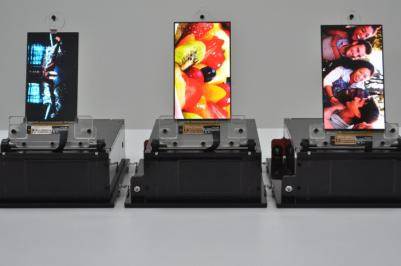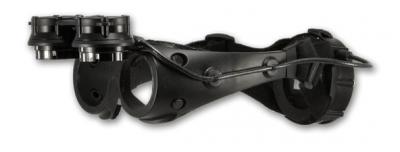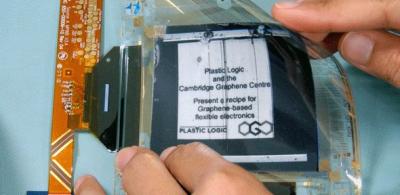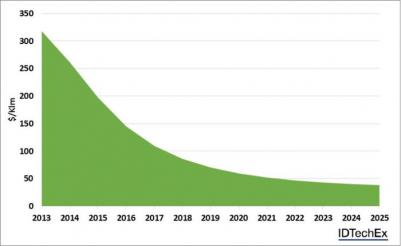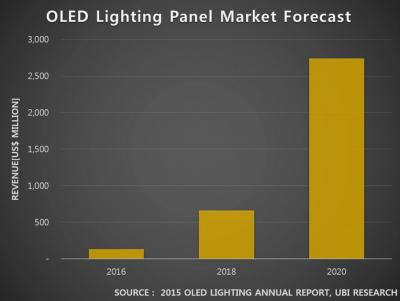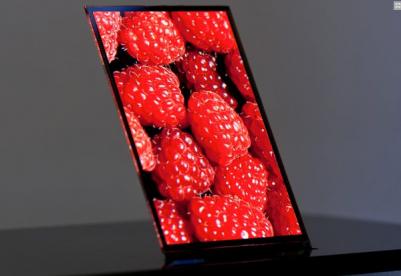Tsinghua University to support a new $80 million OLED lighting fab in China's Hebei province
According to a report from China, the Gu'an county of the Chinese Hebei province aims to become an OLED lighting industry cluster. With support from Tsinghua University, they aim to build the first OLED lighting production fab in 2016, with an investment of RMB500 million (a little over $80 million USD).
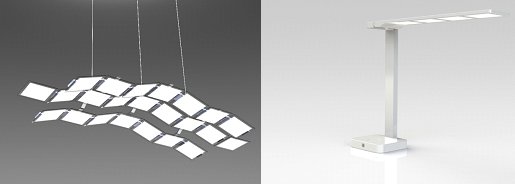 OLED prototypes by Visionox
OLED prototypes by Visionox
The main operator of this project will by Langsheng Technology, and Tsinghua University will cooperate with R&D. It's not clear who will actually own the new line, perhaps it will be Visionox, who was spun off Tsinghua in 2001 and already produces OLED lighting panels (in addition to PMOLED displays and soon AMOLED displays as well).



